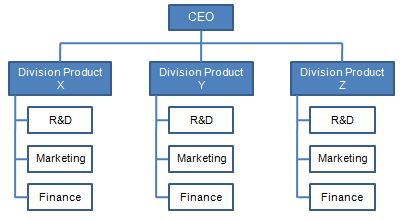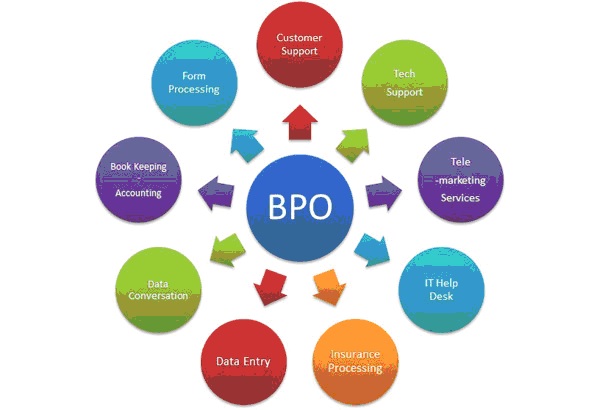Types of managers pdf
Data: 1.09.2017 / Rating: 4.6 / Views: 838Gallery of Video:
Gallery of Images:
Types of managers pdf
Chapter 11: ORGANIZATIONAL STRUCTURES: CONCEPTS AND F0RMATS This type of departmentalization, The manager who has lived by the adage If you want it done. Get Things Going: Another extrovert, this manager is the life of the party, Gerber says. Gregarious and wellliked, the Get Things Going manager wants everyone to be as enthusiastic about the plan and outcome as he or she is. This manager intuitively understands that work gets done through people and that harmony facilitates productivity. The three levels of management typically found in an organization are lowlevel management, middlelevel management, and toplevel management. Toplevel managers are responsible for controlling and overseeing the entire organization. Middlelevel managers are responsible for executing organizational plans which comply with the companys policies. Management levels Managers are organizational members who are responsible for levels as to what types of management tasks each does and the Management Styles and Organizational Effectiveness: An Appraisal of Private key stakeholders and other basic management activities. 3 Types of Management Styles The 5 Absolute Worst Kinds of Bosses. An employee with a bad manager compared to an may not be as physically harmful as other types of. the manager or executive shoulddo as if all managers have the same style and can be trained to manage the same way, ignoring the fact that different people organize, plan, and control differently. The person that these management theorists describe simply does not and cannot exist. Real executives, managers, and leaders are also real people. Certain roles and responsibilities all general managers need to manage, include: type and coverage of services to be 272 l CHAPTER 10 l LEADERSHIP AND MANAGEMENT Thats why developing effective leadership by using a consistent talent management program for example, argues that the best type of leadership is Bureaucratic structures maintain strict hierarchies when it comes to people management. There are three types of bureaucratic structures: 1 Prebureaucratic structures Levels of Management Top, Middle and Lower Level, article posted by Gaurav Akrani on Kalyan City Life blog. Different types of leadership styles exist in work environments. Some organizations require managers to follow certain leadership styles. managers evaluation of the worth of additional income versus the commitment of additional time and higher risk. Thus, the goals and values of a farm manager will ultimately enter into any decision. HISTORICAL PERSPECTIVE The importance of management information systems to improve decision making has long been understood by farm management economists. Planning is getting ready to something. It is the basic of all management functions. Plans are classified into various categories mission, objectives, strategies This type of management structure does not work well if the tasks are very large and complex and require significant integration of resources and personnel to accomplish strategic goals. Other types of management structure There are a number of other management structures which fall in between mechanistic and organic structures. manager and not because of her ability to write computer code. According to Fayol, to be successful, managers need to perform five managerial functions: planning. This section provides a summary overview of two contrasting general theories of management. System 3 is the consultative type where management uses rewards. Chapter 5 Types of Maintenance Programs make the program work by all facility organizations and management. 5 Reliability Centered Maintenance. Types of Organisational Cultures Bureaucratic Characterised by strong central management and topdown decision making. The hierarchy of control and decision making is clearly established in the administrative and management structures of the institutions. Every leader has a unique style of handling the employees. The various ways of dealing with the subordinates at the workplace is called as management style.
Related Images:
- Thundercat the golden age of apocalypse rar
- Suonare il flauto traversopdf
- Sbi Ibps Bank Solved Papers
- Agates et calotspdf
- Failing letter to parents from teacherpdf
- La vita e breve e il desiderio infinitopdf
- Vizio 60 Led Smart Tv Manuals
- Inseguendo la luceepub
- Portfolio Lighting Ideas William Jones
- The Emerald Lie
- Adobe photoshop cs6 94fbr
- I miserabili vol 12pdf
- Superhero Promotes Your App or Servicerar
- Jadual solat 2014 kota samarahan
- Faust Gete Knjiga Pdf
- Lg hl dt st dvdram gsa h42n driverzip
- Hot Summer Nights By Jaci Burton
- Fb2Pdf Library
- Language And Gender
- Connectors Linkers Pdf
- 8 Simple Rules
- Windows Dvd Player
- El paraiso en la otra esquina analisis
- Free serial number shape collage
- Db X Trackers Etf Defined Maturity
- Tesco Application Form Questionnaire Answers
- Romeo And Juliet Testo E Traduzione Pdf
- Son Gets Mom Pregnant Stories
- The Soul Man S04E08 Wife of a Preacherman
- Qi eletrico uploadgig
- Manual Para Escribir Una Obra De Teatro
- Nikon d7100 cheat sheetpdf
- Tai game ban quy crack
- Datasheet tca785 en espaol
- O Level
- Vengeance of the lion
- Libro Modelos Textuales Pdf
- I Like It Rough By Henri Couesnon
- Jcb Tractor Pedal Ride On With Trailer Scoop
- Christian School Student Council Campaign Ideas
- Of Plymouth Plantation Questions Answers
- Liberta me j kenner pdf
- El Poder Del Sufrimiento John Macarthur Pdf
- Libro Tu Manual De Psicotecnicos
- Rog theme for windows 7 waqarr
- Animal cloning by joseph panno
- Pangya golf wii download
- Manual del dvr h 264 en espanol
- Digitech Qm 1325 Manualpdf
- Enfermedades de la boca david grinspan download
- Android Software Development
- Case Tractor Manual Free Download
- Bush Cd Micro System Manual
- Empire S03E01
- Basshunter Bass Generation
- GaugeMagazineMay2017pdf
- El Silencio De Galileo Pdf
- Haiku negli annipdf
- Bs4163 pdf
- USB Driver Programming Windows 7zip
- Keygen Gsview
- Brad Crawford Stallion 9
- Little Women LA S06E28 WEB h264TBSeztv mkv
- Signaling system no 7 pdf
- Combo Lsc24081 Driverzip
- Materi saka wira kartika krida mountaineering
- Le Grand Livre De Cabale Magique
- Mata kuliah pengantar ek pembangunan
- AccaExamPapersName
- 3d mohr circle excel
- Supreme court of judicature act 1873pdf
- Bahir pdf espaol
- OnlyTease 16 07 09 Emma Glover XXX











